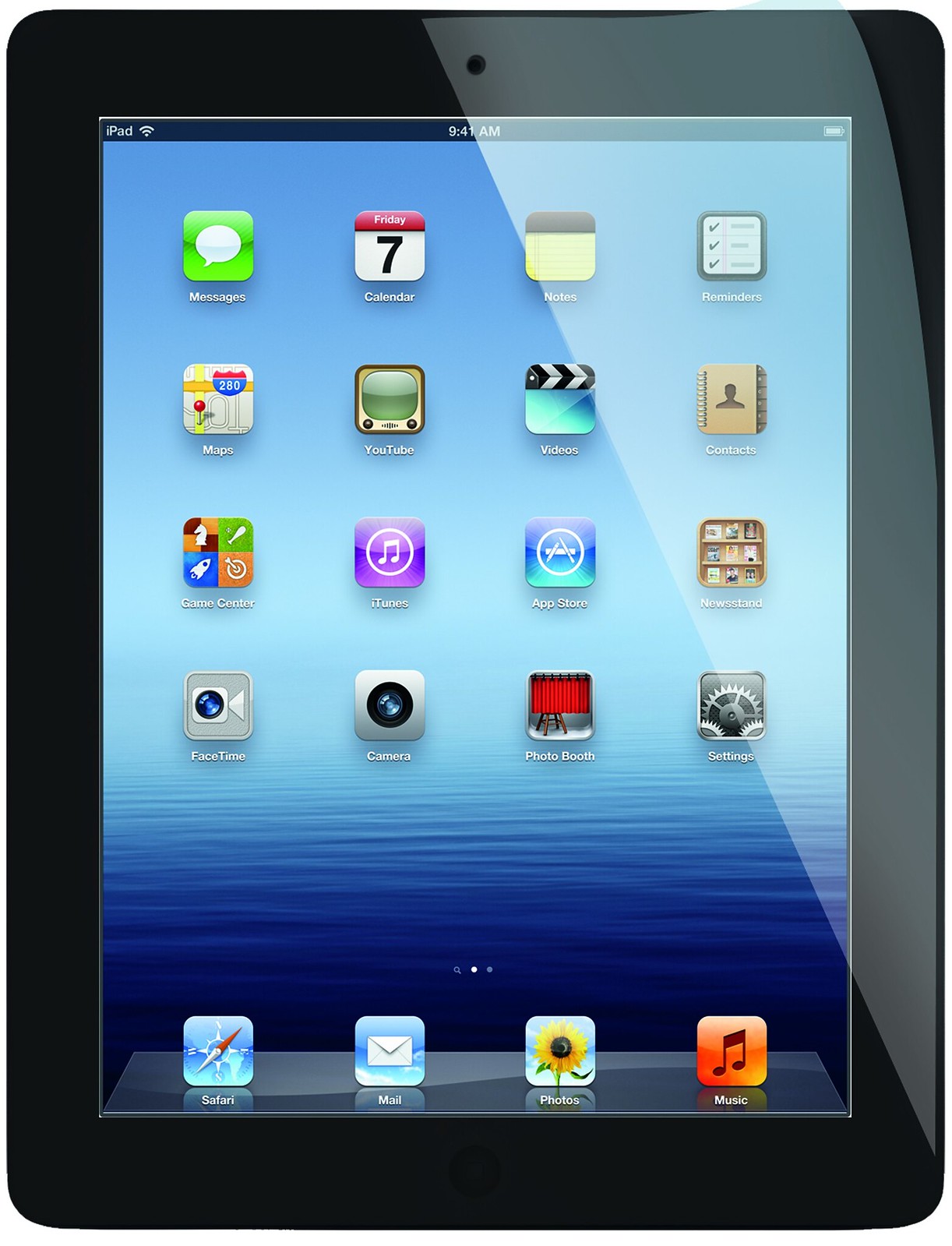– Taboo
– Call my bluff
– Or to create board races around collocations, word chunks etc
 You can prepare these yourself. However you will get better value out of the exercise by getting your students to do the hard work and then to challenge their classmates.
You can prepare these yourself. However you will get better value out of the exercise by getting your students to do the hard work and then to challenge their classmates.So, for example, get one team to use Just the word to make a list of the 10 most frequently used collocations with "make" and another with "do". They show these to each other and as a whole class you make use of the opportunity to talk together and come up with examples of how the collocations are used in context.
Each group then makes cards for each of their examples. These include the verb plus the first letter of the word(s) that collocate with it and blanks for the letters that make it up e.g.
make n _ _ _ _ = make noise.....
Now you can use the cards the students have made for a board race. Divide the class into teams. Stick the cards on the board one by one. The team to come up with the correct collocation wins the card and the team with the most cards wins the game.
Now you can use the cards the students have made for a board race. Divide the class into teams. Stick the cards on the board one by one. The team to come up with the correct collocation wins the card and the team with the most cards wins the game.
Useful online tools:
for Taboo /Call my bluff
– MacMillan online dictionary
for board races on collocations or word chunks
– Just the word
– Oxford collocation dictionary
– Fraze.it
for brainstorming vocabulary
– AnswerGarden
You can also get students to create their own vocabulary quizzes:
– They can use Kahoot to create impressive class iPad challenges. IKahoot is pretty simply to use but if you want one, here's a Kahoot tutorial to help you out.
Edmodo also has a tool for making quizzes. Check out this detailed tutorial from Russell Stannard
– Quizlet is another possibility and here's a tutorial showing what to do.
You might also be interested in these ready-made lesson plans for developing dictionary skills and building vocabulary:
– Dictionary skills for primary students
– Snack facts: recording vocabulary
– AnswerGarden
You can also get students to create their own vocabulary quizzes:
– They can use Kahoot to create impressive class iPad challenges. IKahoot is pretty simply to use but if you want one, here's a Kahoot tutorial to help you out.
Edmodo also has a tool for making quizzes. Check out this detailed tutorial from Russell Stannard
– Quizlet is another possibility and here's a tutorial showing what to do.
You might also be interested in these ready-made lesson plans for developing dictionary skills and building vocabulary:
– Dictionary skills for primary students
– Snack facts: recording vocabulary
Finally, the real bonus of using these online vocabulary tools with students is that you introduce them to ways that they can improve their language skills by themselves outside of the classroom which is half the battle towards making them more autonomous learners.






_0.jpg)



